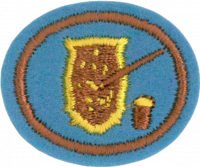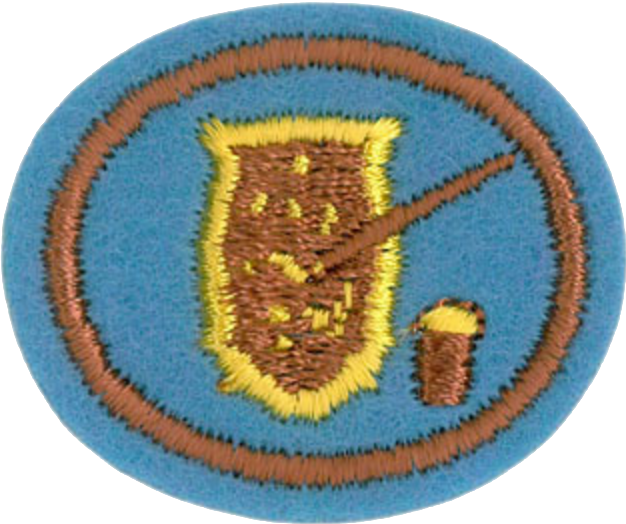Especialidades JA/Découpage/Respuestas
1
This art was also known as poor man's art because in the olden days those who couldn't afford to hire an artist to decorate their furniture could obtain quite elegant effects with cut-outs pasted on and covered with multiple coats of varnish or lacquer, traditionally as many as 30-40.&
Decoupage dates back to the 12th century, but gained mass popularity in the late 17th century with the Western discovery of Oriental art composed of pictures lacquered onto items. It flourished in Europe during the 18th and 19th centuries and many elaborate decorations on boxes, trays, chests and tables, formerly believed to have been hand painted, were later found to be merely cut outs cleverly applied by a crafty artisan. Some people who have enjoyed decoupage art include Lord Byron, Marie Antionette, and Pablo Picasso.&
2
3
4
- A print can be placed on top of a surface and then treated. e.g. Tile or wood item.
- A print, after varnishing, can be soaked in water, then excess paper rubbed off the back and the print may then be stretched over a plaster-of-Paris dome.
- A print can be placed on the back of a transparent item (plate, bowl or tray, window) and then treated.
- Identical prints can be cut out, and using globs of cold glue between prints to make a 3D effect. Each layer must dry 100% before proceeding.
5
5a
See http://www.ehow.com/how_12168194_mod-podge-pictures.html for information on Mod Podge prints.
5b
5c
5d
5e
5f
References
- ↑ Wikipedia Encyclopedia, term "decoupage"
- ↑ http://www.ehow.com/how_12168194_mod-podge-pictures.html


